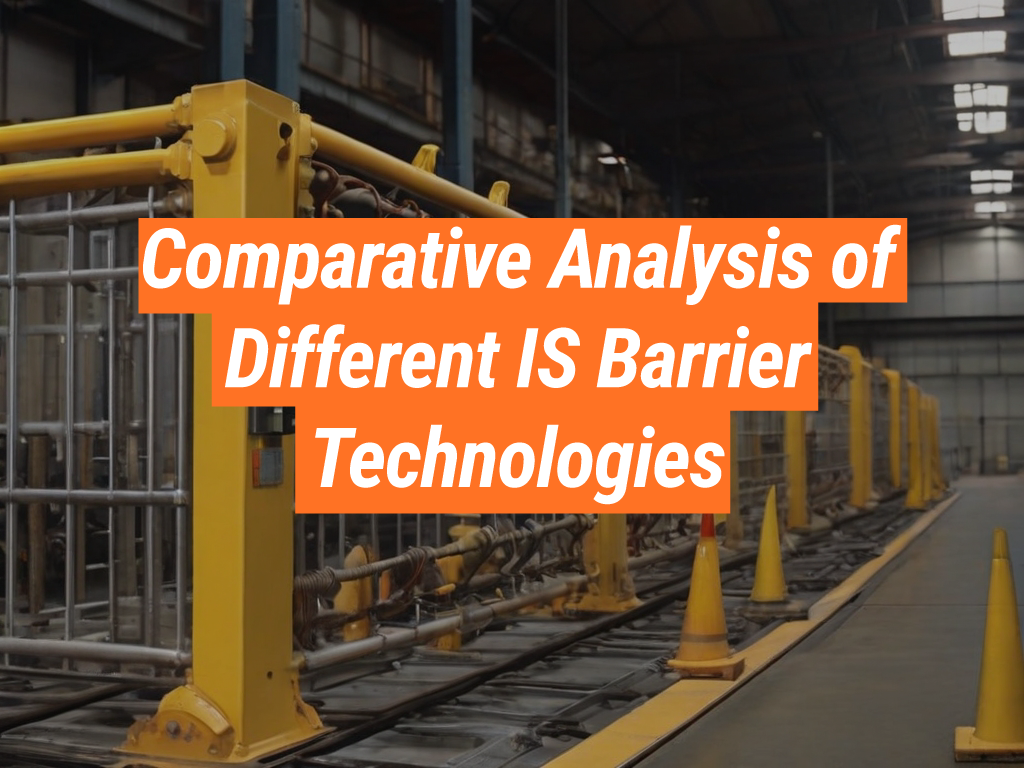When it comes to ensuring safety in hazardous environments, Intrinsically Safe (IS) Barrier Technologies play a crucial role. These technologies are designed to limit the energy available for ignition and prevent explosions in flammable atmospheres. In this article, we will delve into a comparative analysis of different IS Barrier Technologies. We will explore their unique features, applications, and how they contribute to safety in hazardous environments. For more information on IS Barrier Technologies, visit the Intrinsically Safe Store.
Understanding IS Barrier Technologies
IS Barrier Technologies are safety devices that limit the energy (electrical and thermal) that can reach a hazardous area. They are designed to prevent ignition in flammable atmospheres, which can be caused by sparks or high temperatures. There are several types of IS Barrier Technologies, each with its unique features and applications.
Zener Barriers
Zener Barriers are simple, cost-effective devices that limit the voltage and current that can reach the hazardous area. They use Zener diodes to clamp the voltage and a resistor to limit the current. Zener Barriers are widely used in process industries due to their simplicity and low cost. However, they require a high level of maintenance and are not suitable for all applications.
Galvanic Isolators
Galvanic Isolators, on the other hand, provide electrical isolation between the safe and hazardous areas. They use transformers to transfer energy, which eliminates the need for a direct electrical connection. Galvanic Isolators are more complex and expensive than Zener Barriers, but they offer better protection and require less maintenance.
Isolation Barriers
Isolation Barriers are similar to Galvanic Isolators, but they use optocouplers instead of transformers. This makes them more versatile and suitable for a wider range of applications. Isolation Barriers are also more reliable and require less maintenance than Zener Barriers.
Comparative Analysis
When comparing these three types of IS Barrier Technologies, several factors come into play. These include cost, complexity, maintenance requirements, and suitability for different applications. Here is a brief comparison:
- Zener Barriers are the simplest and most cost-effective option, but they require a high level of maintenance and are not suitable for all applications.
- Galvanic Isolators offer better protection and require less maintenance, but they are more complex and expensive.
- Isolation Barriers are the most versatile and reliable option, suitable for a wide range of applications. They are also more expensive than Zener Barriers but require less maintenance.
In conclusion, each type of IS Barrier Technology has its unique features and applications. The choice between them depends on the specific requirements of the application, including cost, complexity, maintenance requirements, and suitability for the environment. For more information on IS Barrier Technologies and their applications, contact us at the Intrinsically Safe Store.



